
Photo of the Day


LIFE IN THE LOWER SUSQUEHANNA RIVER WATERSHED
A Natural History of Conewago Falls—The Waters of Three Mile Island

With the earth at perihelion (its closest approach to the sun) and with our home star just 27 degrees above the horizon at midday, bright low-angle light offered the perfect opportunity for doing some wildlife photography today. We visited a couple of grasslands managed by the Pennsylvania Game Commission to see what we could find…

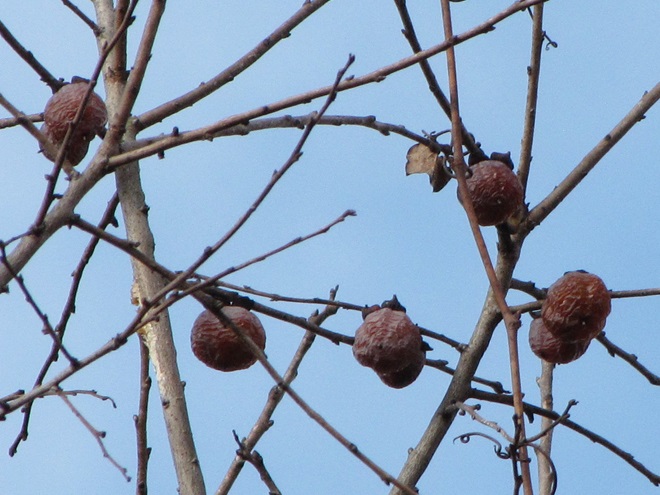
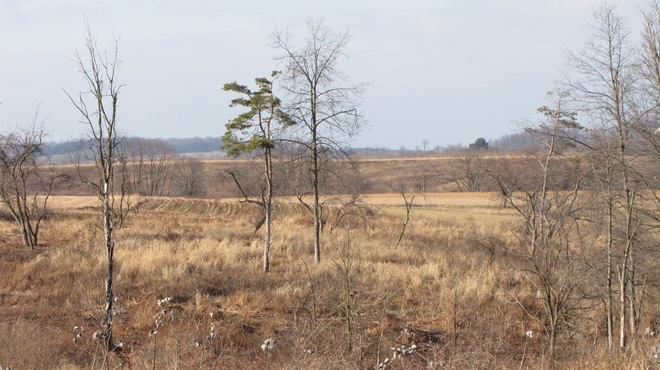



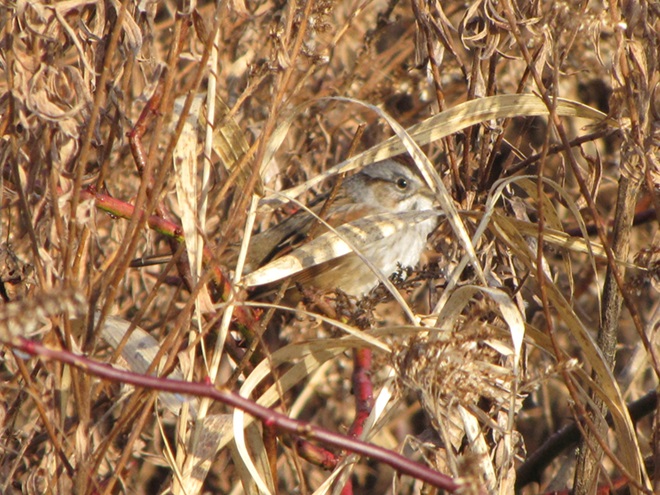
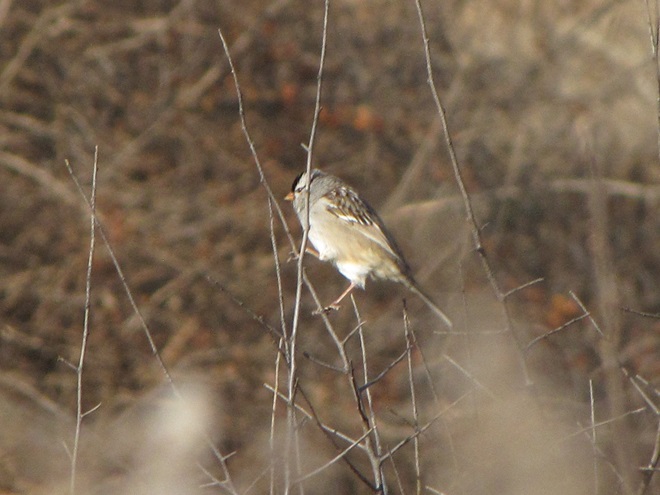
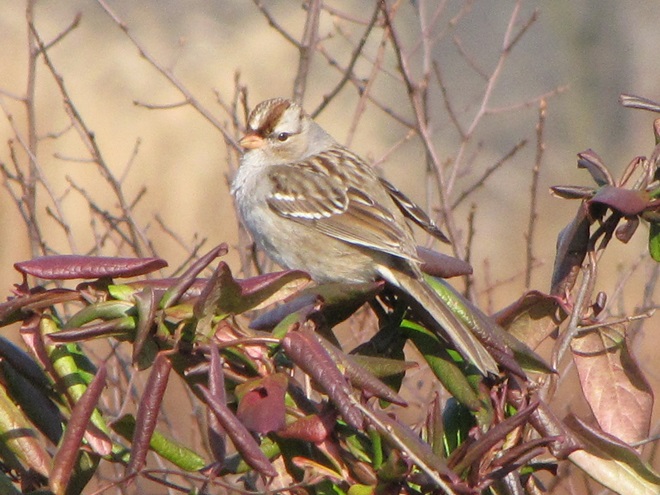
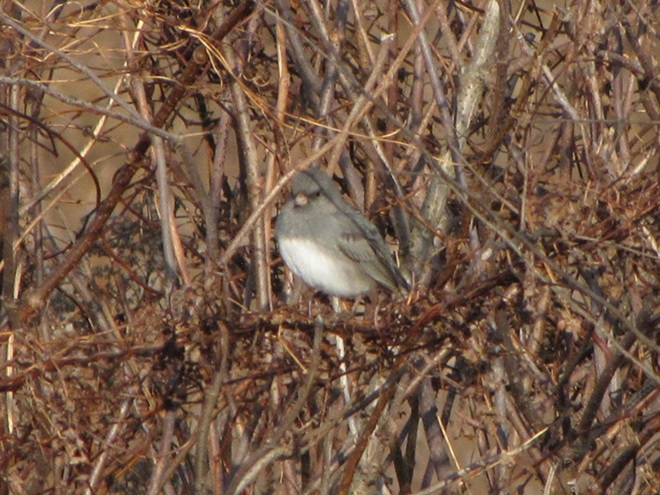
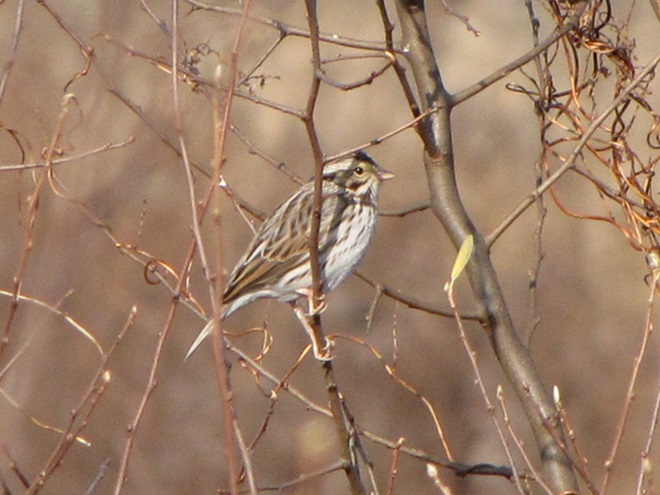

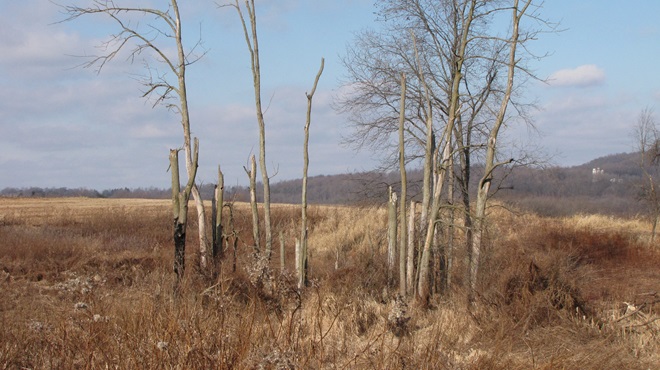

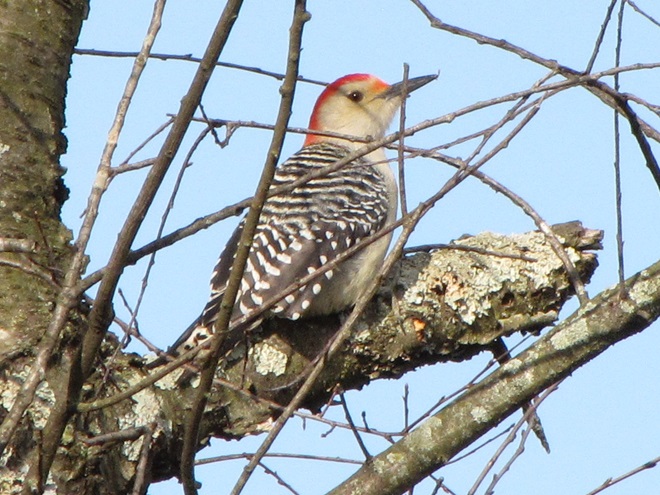
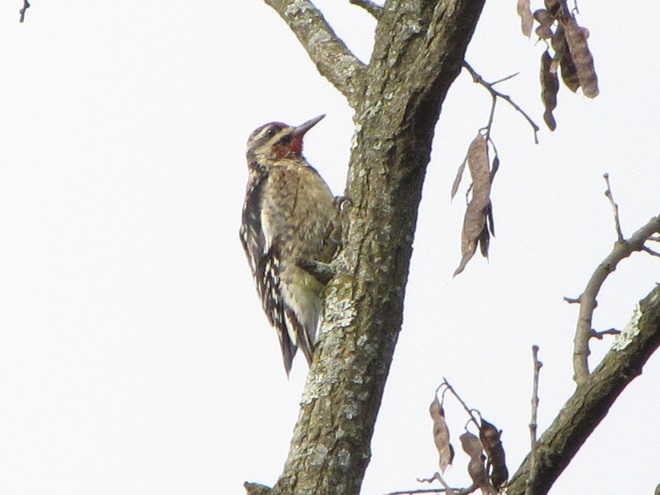
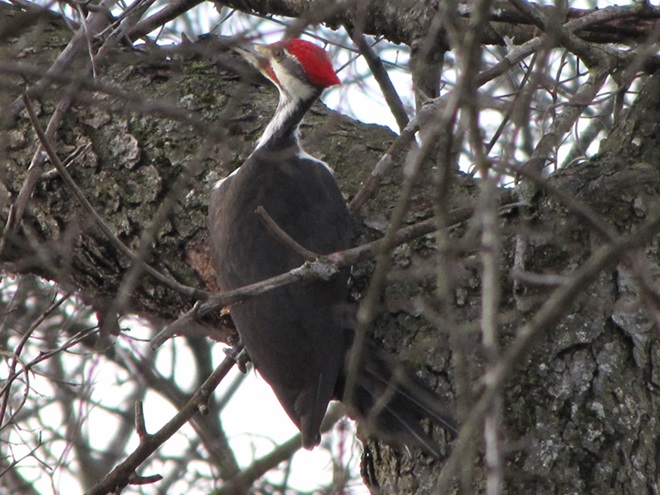


As the annual autumn songbird migration begins to reach its end, native sparrows can be found concentrating in fallow fields, early successional thickets, and brushy margins along forest edges throughout the Lower Susquehanna River Watershed.

Visit native sparrow habitat during mid-to-late November and you have a good chance of seeing these species and more…
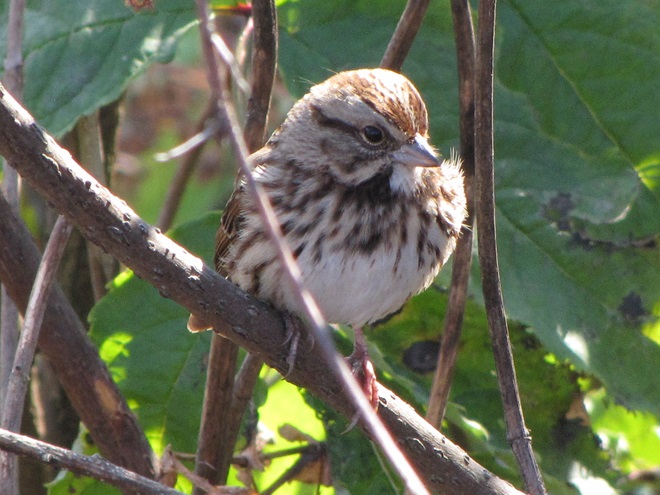
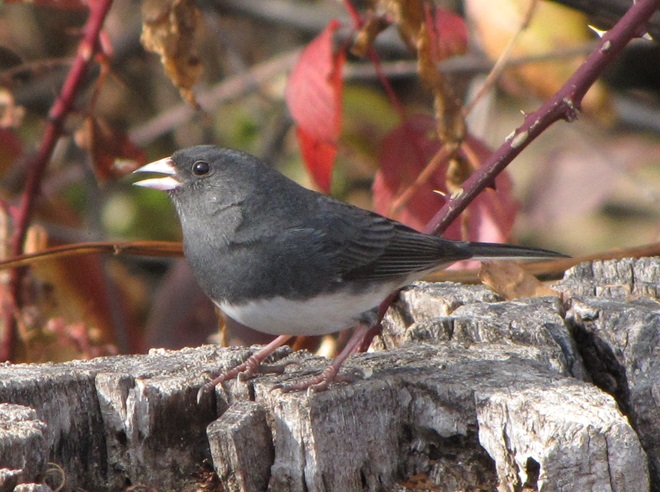



If you’re lucky enough to live where non-native House Sparrows won’t overrun your bird feeders, you can offer white millet as a supplement to the wild foods these beautiful sparrows might find in your garden sanctuary. Give it a try!
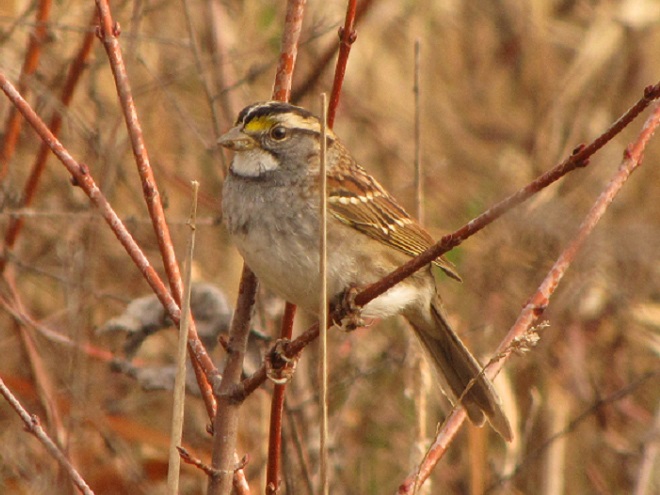
It’s just common sense to take it easy and drive carefully when snow covers streets and highways. Everyone knows that. But did you know that slowing down when the landscape is blanketed in white can save lives even after the roadways have been cleared?
Following significant snowfalls such as the one earlier this week, birds and other wildlife are attracted to bare ground along the edges of plowed pavement. They are often so preoccupied with the search for food that they ignore approaching cars and trucks until it is too late.
Take a look at the species found today along a one mile stretch of plowed rural roadway in the lower Susquehanna valley.
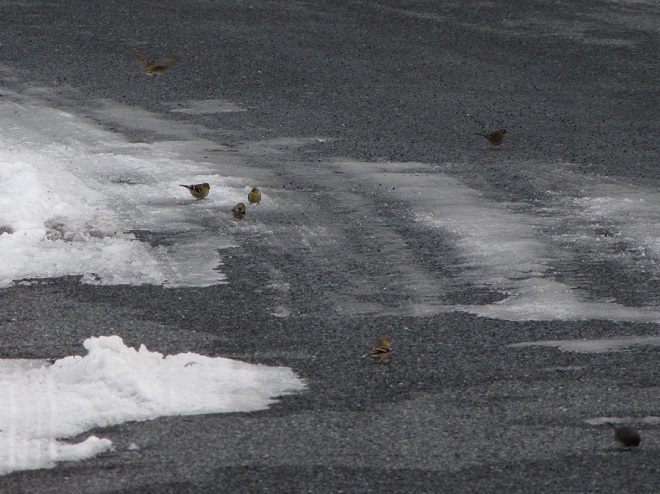



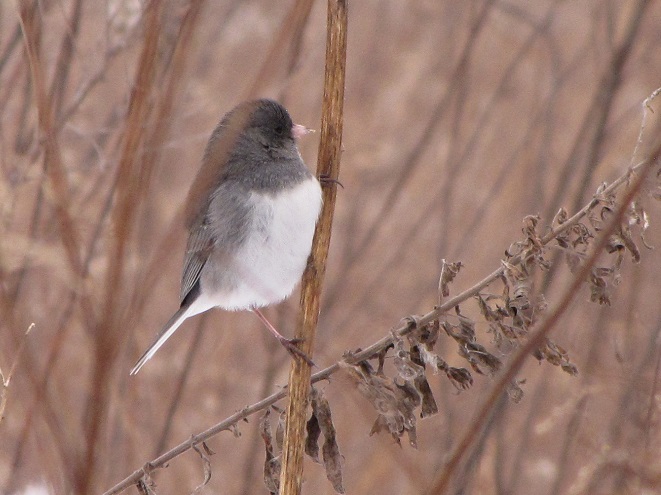
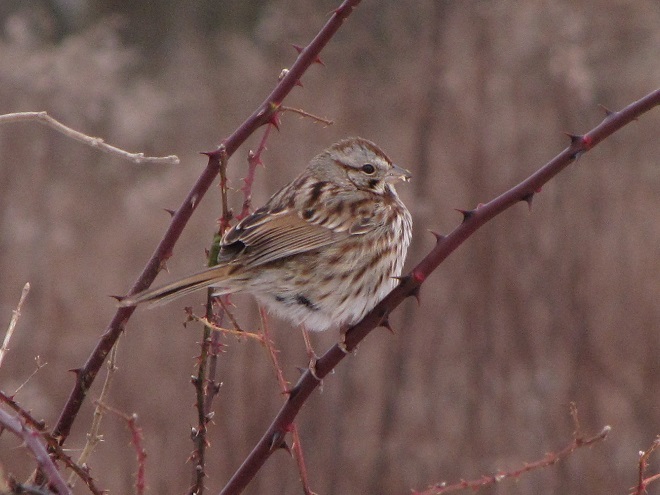

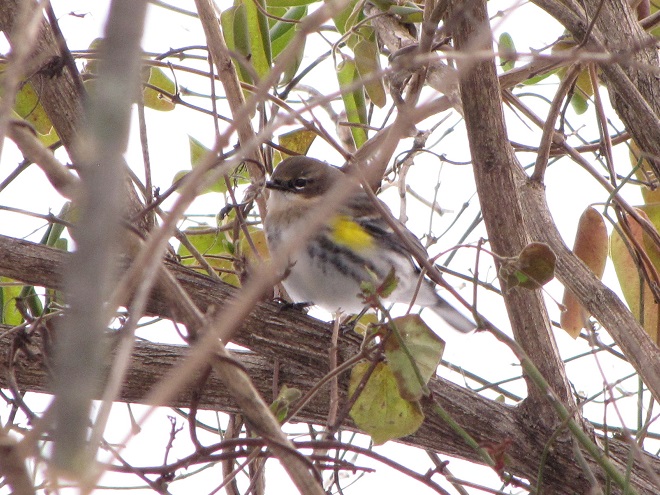


For many species of wildlife in the Lower Susquehanna River Watershed, the fragmented and impaired state of habitat already challenges their chances of surviving the winter. Snow cover can isolate them from their limited food supplies and force them to roadsides and other dangerous locations to forage. Mauling them with motor vehicles just adds to the escalating tragedy, so do wildlife and yourself a favor—please slow down.
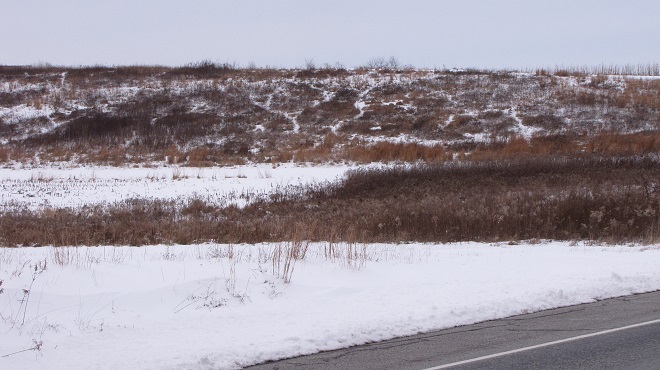

For those of you who dare to shed that filthy contaminated rag you’ve been told to breathe through so that you might instead get out and enjoy some clean air in a cherished place of solitude, here’s what’s around—go have a look.


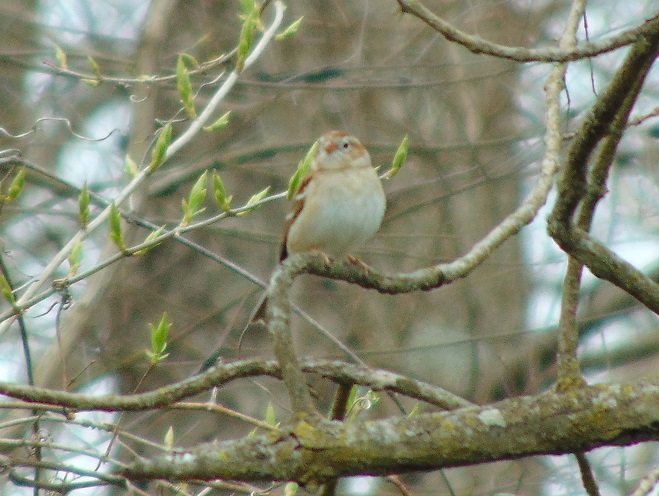



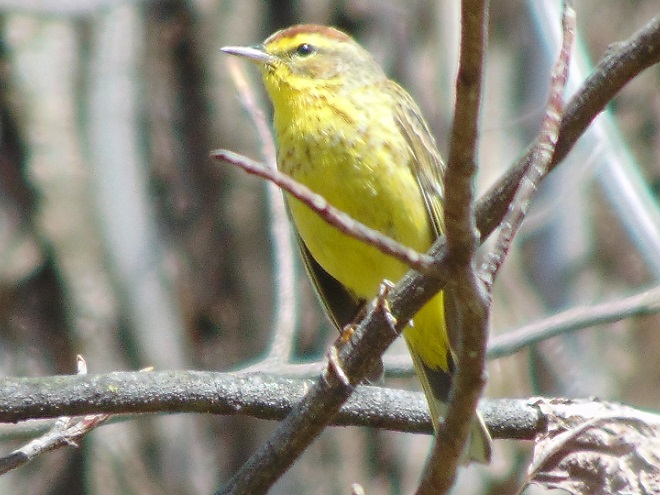
The springtime show on the water continues…


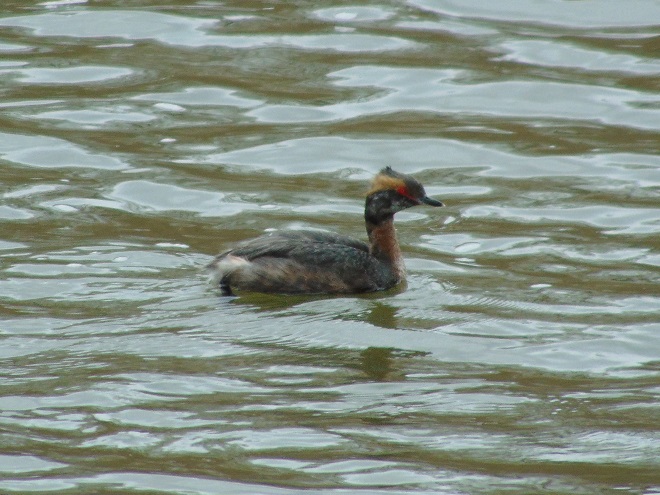
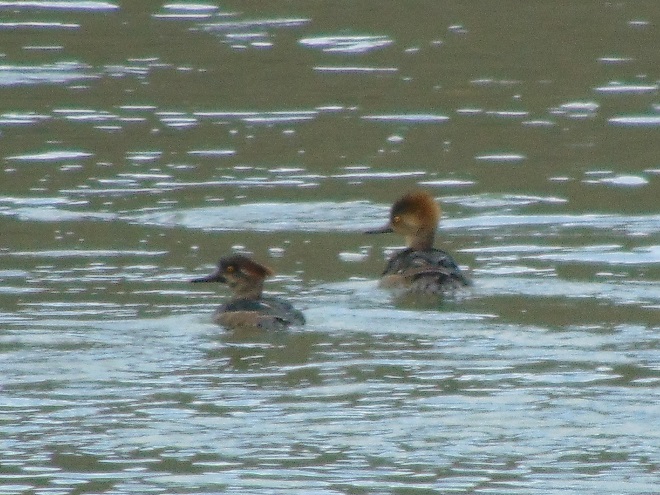
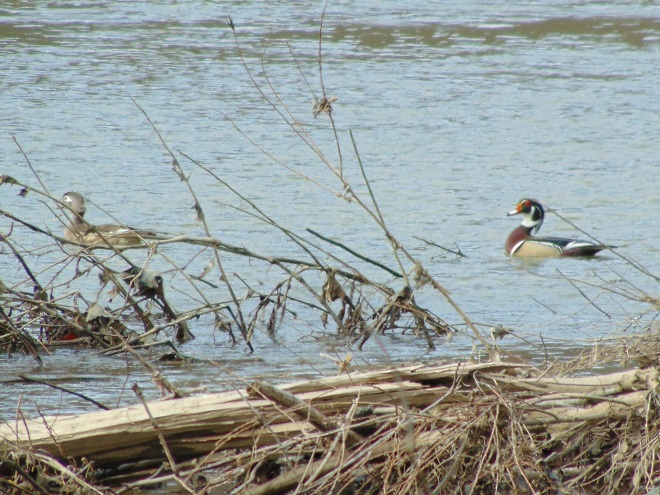
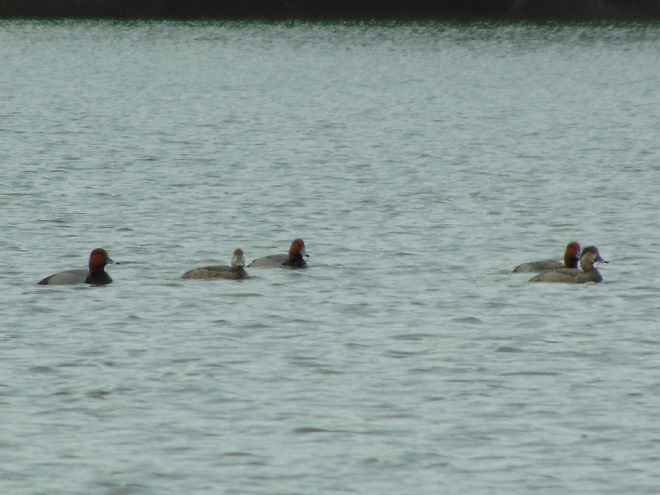

Hey, what are those showy flowers?



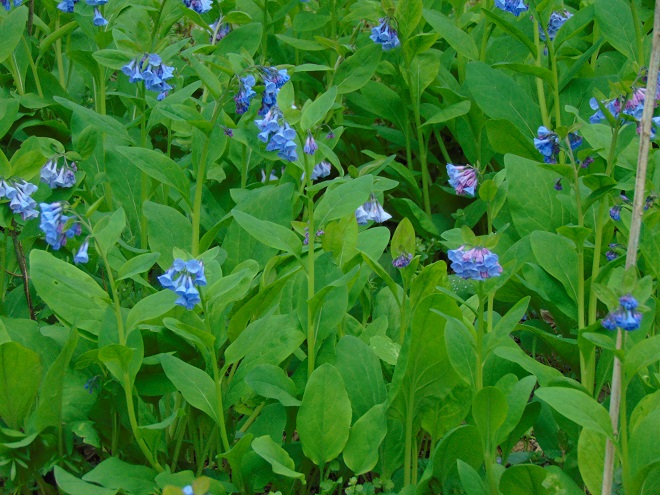

Wasn’t that refreshing? Now go take a walk.
It was a crisp clear morning with birdless blue skies. The migration has mostly drawn to a close; very little was seen despite a suitable northwest breeze to support a flight. There were no robins and no blackbirds. Not even a starling was seen today. The only highlights were a Bufflehead (Bucephala albeola) and a couple of Swamp Sparrows.


And now ladies and gentlemen, boys and girls, it’s time for a Thanksgiving Day culinary reminder from the local Conewago Falls Turkey…
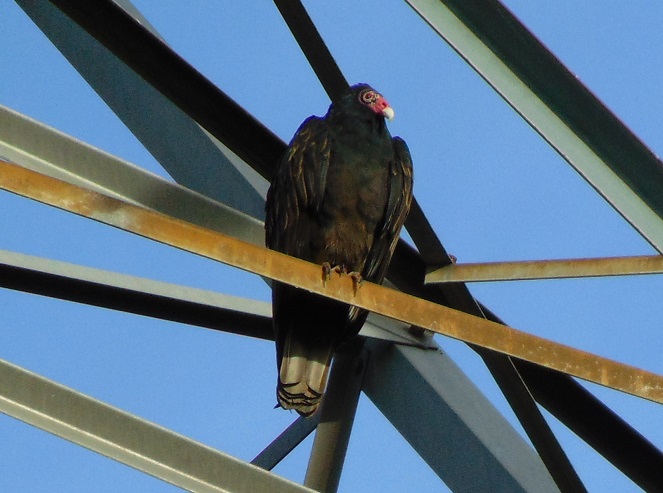
Temperatures plummeted to well below freezing during the past two nights, but there was little sign of it in Conewago Falls this morning. The fast current in the rapids and swirling waters in flooded Pothole Rocks did not freeze. Ice coated the standing water in potholes only in those rocks lacking a favorable orientation to the sun for collecting solar heat during the day to conduct into the water during the cold nights.
On the shoreline, the cold snap has left its mark. Ice covers the still waters of the wetlands. Frost on exposed vegetation lasted until nearly noontime in shady areas. Insect activity is now grounded and out of sight. The leaves of the trees tumble and fall to cover the evidence of a lively summer.
The nocturnal bird flight is narrowing down to just a few species. White-throated Sparrows, a Swamp Sparrow (Melospiza georgiana), and Song Sparrows are still on the move. Though their numbers are not included in the migration count, hundreds of the latter are along the shoreline and in edge habitat around the falls right now. Song Sparrows are present year-round, migrate at night, and are not seen far from cover in daylight, so migratory movements are difficult to detect. It is certain that many, if not all of the Song Sparrows here today have migrated and arrived here recently. The breeding population from spring and summer has probably moved further south. And many of the birds here now may remain for the winter. Defining the moment of this dynamic, yet discrete, population change and logging it in a count would certainly require different methods.
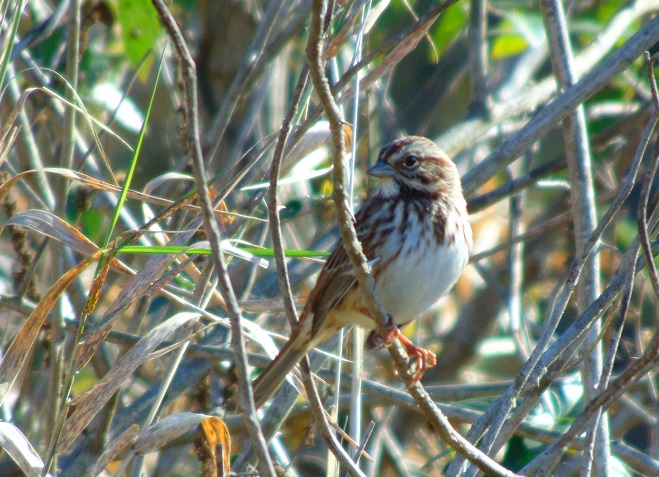
Diurnal migration was foiled today by winds from southerly directions and moderating temperatures. The only highlight was an American Robin flight that extended into the morning for a couple of hours after daybreak and totaled over 800 birds. This flight was peppered with an occasional flock of blackbirds. Then too, there were the villains.

They’re dastardly, devious, selfish, opportunistic, and abundant. Today, they were the most numerous diurnal migrant. Their numbers made this one of the biggest migration days of the season, but they are not recorded on the count sheet. It’s no landmark day. They excite no one. For the most part, they are not recognized as migrants because of their nearly complete occupation of North America south of the taiga. If people build on it or alter it, these birds will be there. They’re everywhere people are. If the rotten attributes of man were wrapped up into one bird, an “anthropoavian”, this would be it.
Meet the European Starling (Sturnus vulgaris). Introduced into North America in 1890, the species has spread across the entire continent. It nests in cavities in buildings and in trees. Starlings are aggressive, particularly when nesting, and have had detrimental impacts on the populations of native cavity nesting birds, particularly Red-headed Woodpeckers, Purple Martins (Progne subis), and Eastern Bluebirds. They commonly terrorize these and other native species to evict them from their nest sites. European Starlings are one of the earlier of the scores of introduced plants and animals we have come to call invasive species.

Today, thousands of European Starlings were on the move, working their way down the river shoreline and raiding berries from the vines and trees of the Riparian Woodlands. My estimate is between three and five thousand migrated through during the morning. But don’t worry, thousands more will be around for the winter.
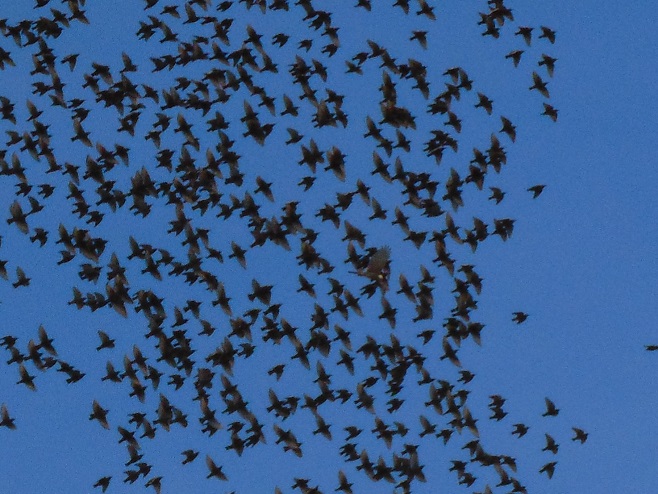

The NOAA National Weather Service radar images from last evening provided an indication that there may be a good fallout of birds at daybreak in the lower Susquehanna valley. The moon was bright, nearly full, and there was a gentle breeze from the north to move the nocturnal migrants along. The conditions were ideal.

The Riparian Woodlands at Conewago Falls were alive with migrants this morning. American Robins and White-throated Sparrows were joined by new arrivals for the season: Brown Creeper (Certhia americana), Ruby-crowned Kinglets (Regulus calendula), Golden-crowned Kinglets (Regulus satrapa), Dark-eyed Junco (Junco hyemalis), and Yellow-rumped Warbler (Setophaga coronata). These are the perching birds one would expect to have comprised the overnight flight. While the individuals that will remain may not yet be among them, these are the species we will see wintering in the Mid-Atlantic states. No trip to the tropics for these hardy passerines.
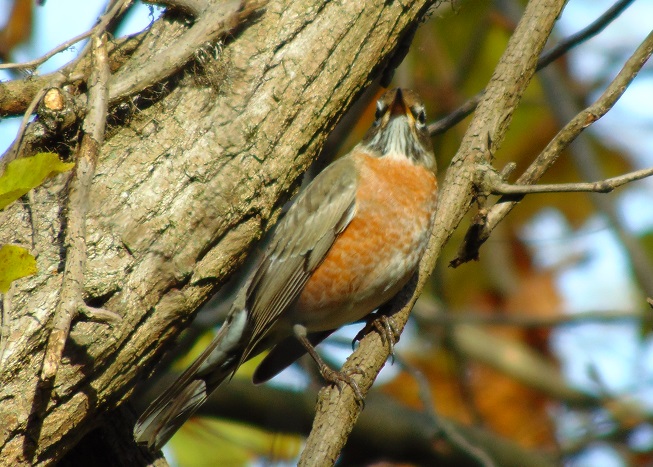

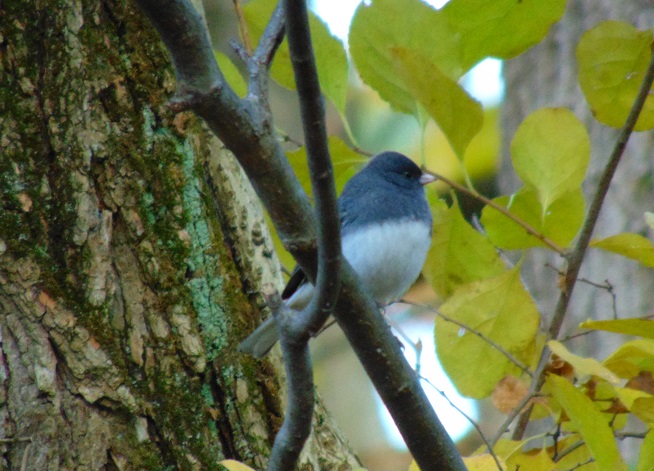


It was a placid morning on Conewago Falls with blue skies dotted every now and then by a small flock of migrating robins or blackbirds. The jumbled notes of a singing Winter Wren (Troglodytes hiemalis) in the Riparian Woodland softly mixed with the sounds of water spilling over the dam. The season’s first Wood Ducks (Aix sponsa), Blue-winged Teal (Spatula discors), Herring Gull (Larus argentatus), Horned Larks (Eremophila alpestris), and White-throated Sparrows (Zonotrichia albicollis) were seen.
There was a small ruckus when one of the adult Bald Eagles from a local pair spotted an Osprey passing through carrying a fish. This eagle’s effort to steal the Osprey’s catch was soon interrupted when an adult eagle from a second pair that has been lingering in the area joined the pursuit. Two eagles are certainly better than one when it’s time to hustle a skinny little Osprey, don’t you think?
But you see, this just won’t do. It’s a breach of eagle etiquette, don’t you know? Soon both pairs of adult eagles were engaged in a noisy dogfight. It was fussing and cackling and the four eagles going in every direction overhead. Things calmed down after about five minutes, then a staring match commenced on the crest of the dam with the two pairs of eagles, the “home team” and the “visiting team”, perched about 100 feet from each other. Soon the pair which seems to be visiting gave up and moved out of the falls for the remainder of the day. The Osprey, in the meantime, was able to slip away.
In recent weeks, the “home team” pair of Bald Eagles, seen regularly defending territory at Conewago Falls, has been hanging sticks and branched tree limbs on the cross members of the power line tower where they often perch. They seem only to collect and display these would-be nest materials when the “visiting team” pair is perched in the nearby tower just several hundred yards away…an attempt to intimidate by homesteading. It appears that with winter and breeding time approaching, territorial behavior is on the increase.
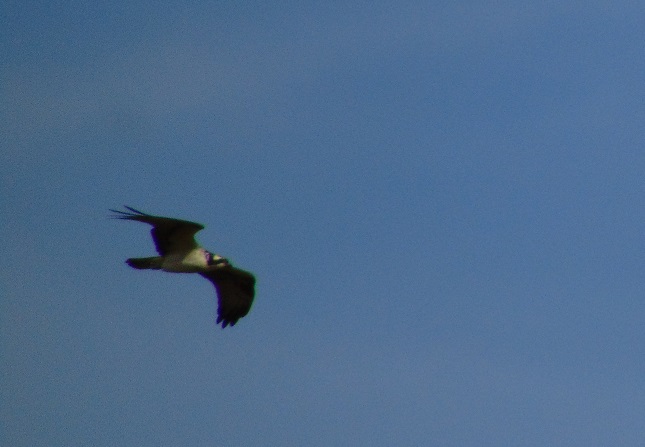
In the afternoon, a fresh breeze from the south sent ripples across the waters among the Pothole Rocks. The updraft on the south face of the diabase ridge on the east shore was like a highway for some migrating hawks, falcons, and vultures. Black Vultures (Coragyps atratus) and Turkey Vultures streamed off to the south headlong into the wind after leaving the ridge and crossing the river. A male and female Northern Harrier (Circus hudsonius), ten Red-tailed Hawks, two Red-shouldered Hawks (Buteo lineatus), six Sharp-shinned Hawks, and two Merlins crossed the river and continued along the diabase ridge on the west shore, accessing a strong updraft along its slope to propel their journey further to the southwest. Four high-flying Bald Eagles migrated through, each following the east river shore downstream and making little use of the ridge except to gain a little altitude while passing by.
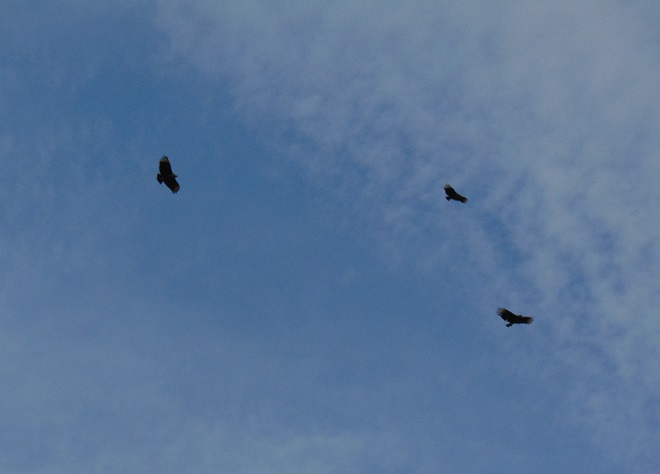
Late in the afternoon, the local Bald Eagles were again airborne and cackling up a storm. This time they intercepted an eagle coming down the ridge toward the river and immediately forced the bird to climb if it intended to pass. It turned out to be the best sighting of the day, and these “home team” eagles found it first. It was a Golden Eagle (Aquila chrysaetos) in crisp juvenile plumage. On its first southward voyage, it seemed to linger after climbing high enough for the Bald Eagles to loose concern, then finally selected the ridge route and crossed the river to head off to the southwest.

